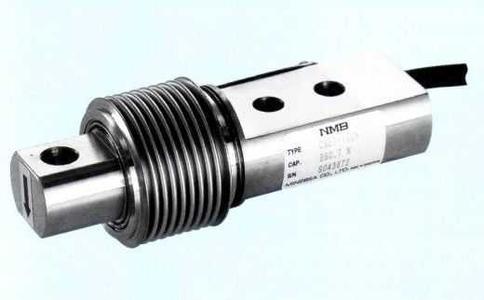 The development of wireless sensor networks originally originated from military applications such as battlefield monitoring. Today's wireless sensor networks are used in many civilian applications, such as environmental and ecological monitoring, health monitoring, home automation, and traffic control.
The development of wireless sensor networks originally originated from military applications such as battlefield monitoring. Today's wireless sensor networks are used in many civilian applications, such as environmental and ecological monitoring, health monitoring, home automation, and traffic control. Each node of the sensor network is equipped with one or more sensors, a radio transceiver, a small microcontroller, and an energy source (usually a battery). The size of a single sensor node is as large as a shoe box and as small as a grain of dust. The cost of sensor nodes is also variable, from a few hundred dollars to cents, depending on the size of the sensor network and the complexity required for a single sensor node. The limitations of the size and complexity of sensor nodes determine the limitations of energy, storage, calculation speed and bandwidth.
In the field of computer science, sensor networks are a research hotspot. Many seminars and international conferences are held every year.
The sensor network mainly includes three aspects: induction, communication, calculation (hardware, software, algorithms). Among the key technologies are wireless database technologies, such as the use of queries in wireless sensor networks, and network technologies used to communicate with other sensors, especially multiple-hop routing protocols. For example, Motorola uses the ZigBee wireless protocol in home control systems.
The so-called sensor network is a distributed intelligent network system that is composed of a large number of tiny sensor nodes with wireless communication and computing capabilities deployed in the active area and self-organizing to perform designated tasks according to the environment. The distance between nodes of a sensor network is very short, and generally multi-hop wireless communication is used for communication. The sensor network can operate in a separate environment, or it can be connected to the Internet through a gateway so that users can access it remotely.
The sensor network integrates sensor technology, embedded computing technology, modern network and wireless communication technology, distributed information processing technology, etc. It is capable of real-time monitoring, sensing and acquisition of various environments or monitoring objects through various types of integrated miniature sensors. The information is processed through the embedded system, and the perceived information is transmitted to the user terminal through a random self-organizing wireless communication network in a multi-hop relay manner. In order to truly realize the "ubiquitous computing" concept.
The composition and function of sensor network nodes include the following four basic units: sensing unit (composed of sensors and analog-to-digital conversion function modules), processing unit (consisting of embedded systems, including CPU, memory, embedded operating system, etc.), Communication unit (composed of wireless communication modules), and power supply section. In addition, other functional units that can be selected include: positioning systems, motion systems, and power generation devices.
In the sensor network, nodes are deployed in a large number in various ways within or near the perceived object. These nodes form a wireless network through self-organizing methods. They can perceive, collect, and process specific information in the network coverage area in a collaborative manner. This allows any arbitrary location information to be collected, processed, and analyzed at any time. A typical sensor network architecture includes distributed sensor nodes (groups), sink nodes, the Internet, and user interfaces.
Sensor nodes can communicate with each other, organize themselves into networks and connect to Sinks (base station nodes) through multiple hops. After receiving data, Sink nodes complete the connection with the public Internet through the gateway. The entire system manages and controls this system through the task manager. The characteristics of the sensor network make it have a very wide range of application prospects. Its ubiquitous features make it an indispensable part of our lives in the near future.
Smart Ceiling Fan,Intelligence Ceiling Fan,Five Blades Ceiling Fan,5 Blades Ceiling Fan
Jiangmen MagicPower Electrical Appliances Co.,Ltd. , https://www.magicpowerfan.com